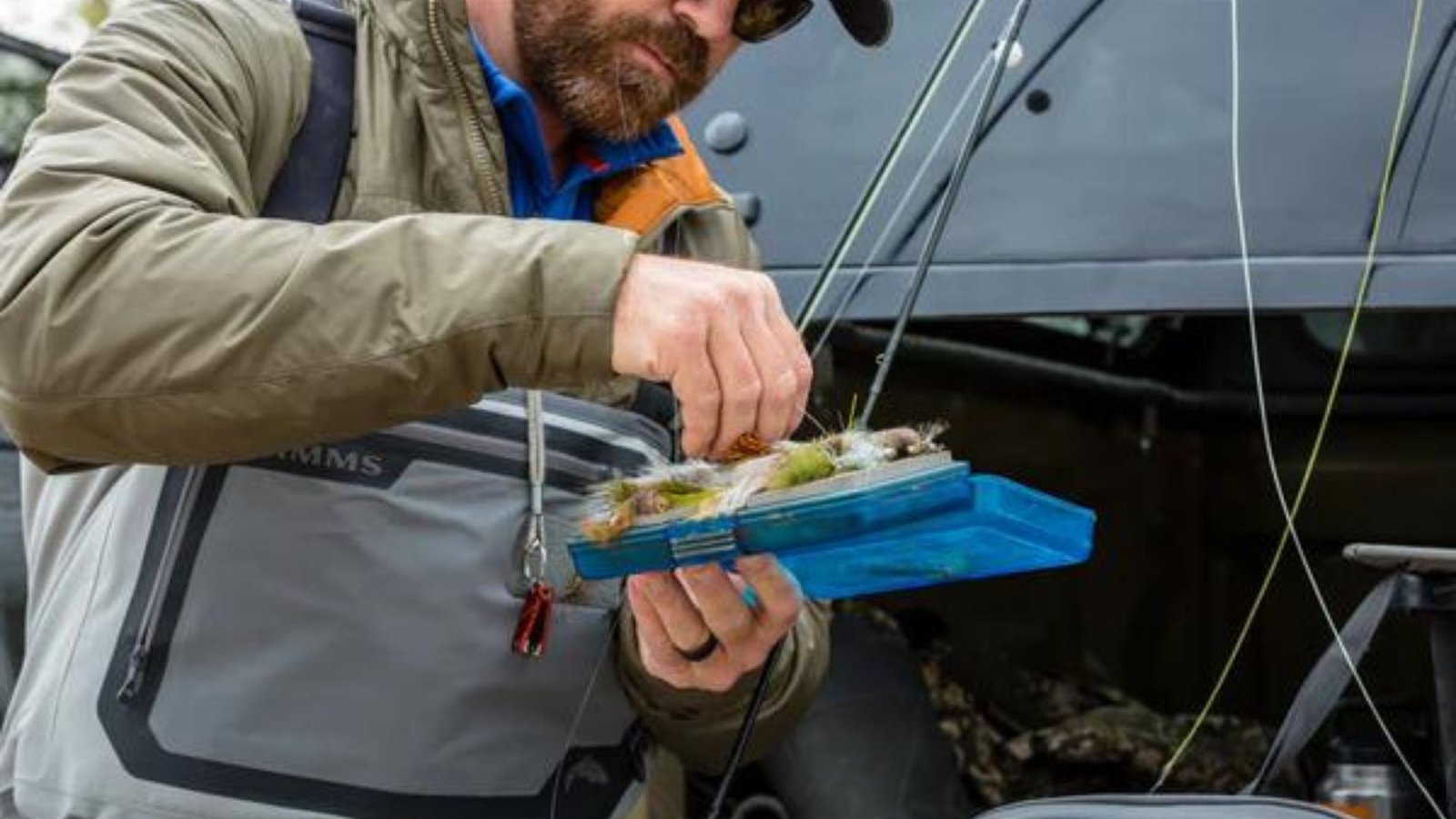Proper storage of salmon flies is crucial to maintain their effectiveness and prolong their lifespan. Here’s a comprehensive guide to ensure your salmon flies remain in optimal condition for your fishing adventures.

How to Properly Store Salmon Flies
Choose the Right Storage Box
Investing in high-quality fly boxes specifically designed for salmon flies is the first step. These boxes often come with waterproof seals that protect the flies from moisture, which can cause damage over time. Look for boxes with multiple compartments or foam inserts that allow you to organize your flies neatly and prevent them from getting tangled. Having a designated place for each fly type and size will make it easier to find the right one when you’re out on the water.
Sort Flies by Type and Size
Organizing your flies by type and size can save you time and frustration. Separate them into categories such as dry flies, wet flies, nymphs, and streamers. Within each category, arrange the flies by size. This organization not only helps you quickly locate the fly you need but also ensures that each fly remains in good condition without being compressed or damaged by larger or heavier flies.
Dry Flies Thoroughly Before Storage
After a fishing trip, it is essential to ensure all flies are completely dry before storing them. Moisture can lead to rust on hooks and deterioration of the fly materials. Lay the flies out on a paper towel or drying rack in a well-ventilated area to air dry. Avoid using heat sources as they can damage delicate materials. Ensuring your flies are dry before storage helps preserve their quality and effectiveness.
Use Silica Gel Packs
To further protect your flies from moisture, place silica gel packs in your fly boxes. These packs absorb any residual moisture and help prevent rust and mold growth. It’s important to check and replace the silica gel packs periodically to ensure they remain effective. This extra step can significantly extend the life of your flies and keep them in top condition.
Store in a Cool, Dry Place
Choosing the right storage environment is just as important as the storage box itself. Store your fly boxes in a cool, dry place away from direct sunlight and humidity. High humidity levels can cause hooks to rust and materials to degrade. If possible, keep your fly storage area climate-controlled to maintain consistent temperature and humidity levels, further preserving the integrity of your flies.
Label Fly Boxes
Clearly labeling each fly box with its contents can prevent confusion and save time. Use clear, waterproof labels to identify the type of flies, size range, and specific patterns if applicable. Detailed labeling helps you quickly find the fly you need and ensures that each type of fly is stored correctly, avoiding unnecessary wear and tear.
Inspect and Maintain Regularly
Regular inspection and maintenance of your flies can prevent minor issues from becoming significant problems. Periodically check your flies for any signs of damage or wear. Remove any rusted hooks or damaged flies to prevent them from affecting others. Perform necessary maintenance, such as replacing damaged hooks or reapplying head cement, to keep your flies in top condition.
Travel Storage Tips
When traveling, use compact, waterproof fly boxes to protect your flies and keep them organized. Separate wet flies from dry flies after fishing to prevent moisture transfer. Use a separate box or ventilated container for wet flies until they dry. This practice ensures that your flies remain in good condition even when you’re on the move.
Use Desiccant Dust
For dry flies, consider using desiccant dust to maintain their buoyancy and shape. After drying, lightly dust your dry flies before storing them. Store desiccant dust separately and apply it as needed to ensure your dry flies are always ready for use. This extra step can enhance the performance of your dry flies on the water.
Secure Storage Location
Store your fly boxes in a secure location away from pets and children to prevent accidental damage or injury. Consider using a lockable storage container or cabinet to protect your fly collection from unauthorized access. Keeping your flies safe and secure ensures they remain in excellent condition for your next fishing trip.
Conclusion
Proper storage of salmon flies is essential to maintaining their quality and effectiveness. By choosing the right storage box, sorting flies by type and size, drying them thoroughly, using silica gel packs, storing them in a cool, dry place, labeling boxes, inspecting regularly, and taking extra care when traveling, you can ensure your flies are always in top condition. Proper storage not only preserves the effectiveness of your flies but also enhances your overall fly fishing experience, making each trip more enjoyable and successful.




